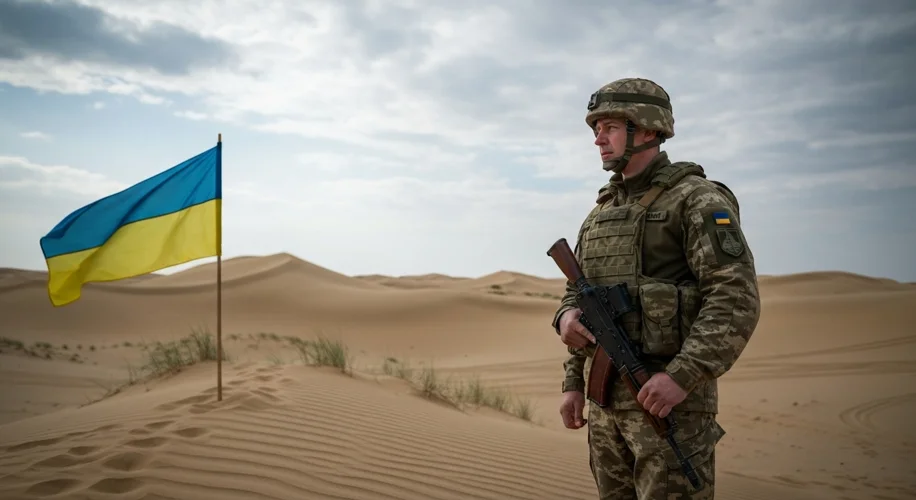The year is 1991. The air crackles with the intoxicating scent of freedom. After decades under the Soviet shadow, Ukraine, a land steeped in history and culture, takes a defiant breath and declares its independence. This was not merely a political declaration; it was the culmination of centuries of yearning, a flicker of identity rekindled after being long suppressed.
Ukraine’s story is intricately woven with the ebb and flow of empires. From the powerful Kyivan Rus’ that once dominated Eastern Europe, to the successive partitions by Poland-Lithuania, Russia, and Austria-Hungary, Ukraine’s very existence was a testament to its people’s resilience. Its borders, often fluid and contested, mirrored the turbulent geopolitical landscape of the region. The 20th century, in particular, was a brutal chapter. The Holodomor, a man-made famine orchestrated by Stalin, decimated the Ukrainian population and sought to crush its national spirit. Then came the ravages of World War II, leaving the nation scarred and divided.

Upon achieving independence on August 24, 1991, Ukraine inherited a vast territory, largely defined by the post-World War II Soviet administrative boundaries. However, the legacy of Soviet rule meant that the concept of absolute territorial integrity, as understood in the West, was a fragile notion. Millions of ethnic Russians resided in eastern and southern Ukraine, and Crimea, a peninsula with a predominantly Russian-speaking population and a strategically vital Black Sea naval base, had been transferred from the Russian SFSR to the Ukrainian SSR in 1954.
For ordinary Ukrainians, independence was a promise of self-determination, a chance to forge their own destiny. They dreamed of a nation where their language, culture, and sovereignty would be paramount. Yet, the specter of their powerful neighbor, Russia, loomed large. Moscow viewed Ukraine not just as a separate nation, but as an integral part of its historical sphere of influence, a sentiment often expressed by Russian leaders who questioned Ukraine’s legitimacy as an independent state.
As the 21st century dawned, this tension began to manifest in increasingly stark ways. The Orange Revolution of 2004, a peaceful mass protest against election fraud, saw Ukrainians decisively reject a pro-Russian presidential candidate in favor of a pro-Western one. This event was a clear signal of Ukraine’s eastward gaze, a desire to align with Europe and the democratic world. However, it was also a wake-up call for Moscow, which saw it as a Western-backed maneuver to pull Ukraine away from its orbit.
The subsequent years were a delicate balancing act for Ukraine, attempting to maintain good relations with its powerful neighbor while pursuing its aspirations for closer ties with the European Union and NATO. The Euromaidan Revolution of 2014, sparked by the then-President Yanukovych’s decision to reject an association agreement with the EU in favor of closer ties with Russia, marked a turning point. The ensuing protests, met with brutal force, led to Yanukovych’s ouster and a dramatic escalation of the conflict.
What followed was a swift and brutal assertion of Russian power. Russia annexed Crimea, citing the need to protect its Russian-speaking population and its historical ties to the peninsula. Simultaneously, conflict erupted in eastern Ukraine’s Donbas region, with Russia backing separatists in a bloody proxy war that claimed thousands of lives and destabilized the region for years. These actions sent shockwaves across the international community, raising profound questions about territorial integrity and the future of international law in a world where great powers could redraw borders by force.
The international response was a mix of condemnation, sanctions, and diplomatic efforts, but Ukraine found itself on the front lines, a battlefield for competing geopolitical visions. The struggle for Ukraine’s sovereignty became a stark reminder that the seemingly stable borders of the post-Cold War era were not immutable. The very concept of national self-determination was being tested, with global implications for international relations and the security architecture of Europe and beyond.
Today, as Ukraine continues to navigate this perilous landscape, its fight for sovereignty is not merely a regional conflict. It is a global struggle for the principles of territorial integrity, national independence, and the right of every nation to choose its own path, free from external coercion. The shifting sands of borders continue to shape the destiny of Ukraine, a nation’s enduring quest for a secure and sovereign future.

